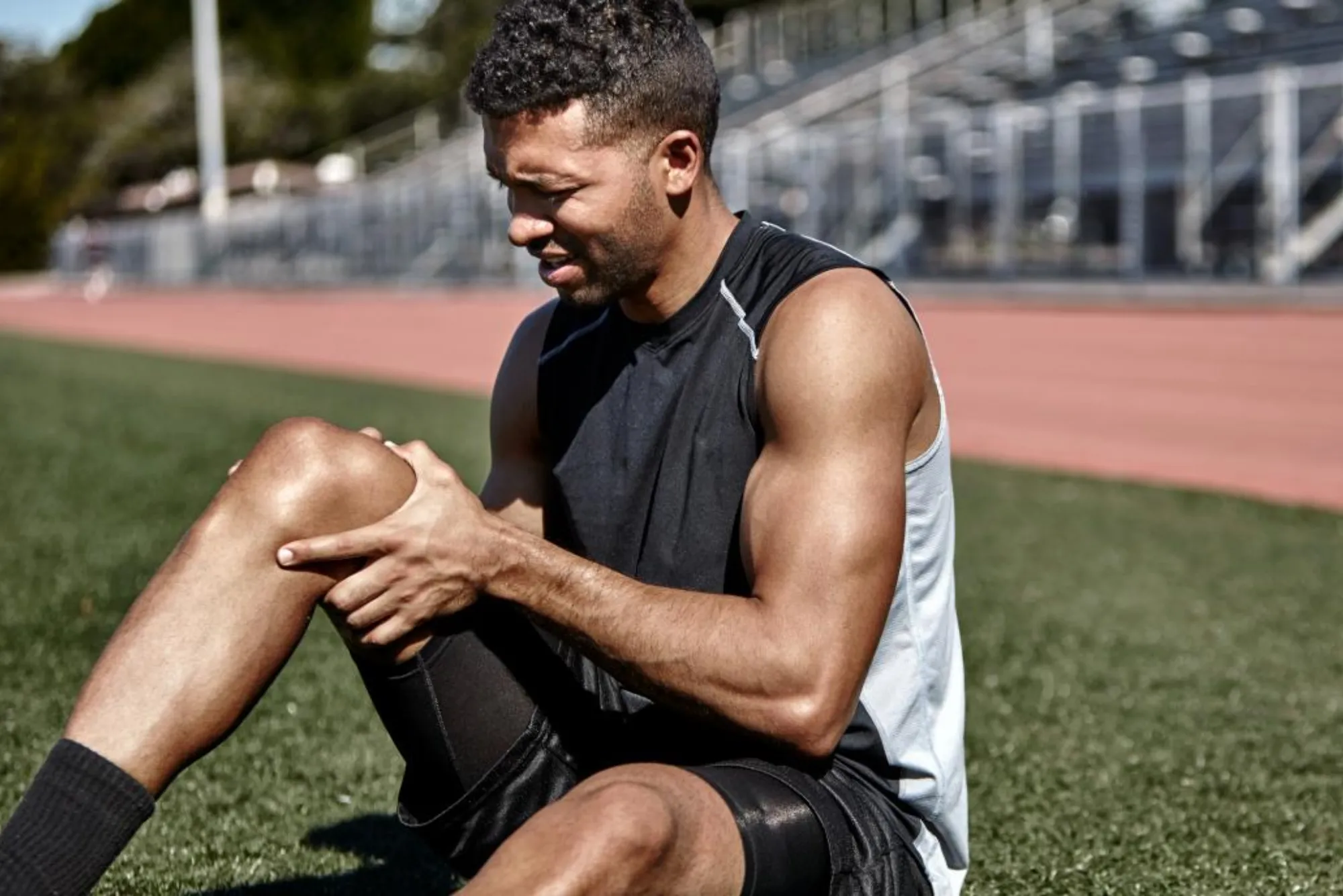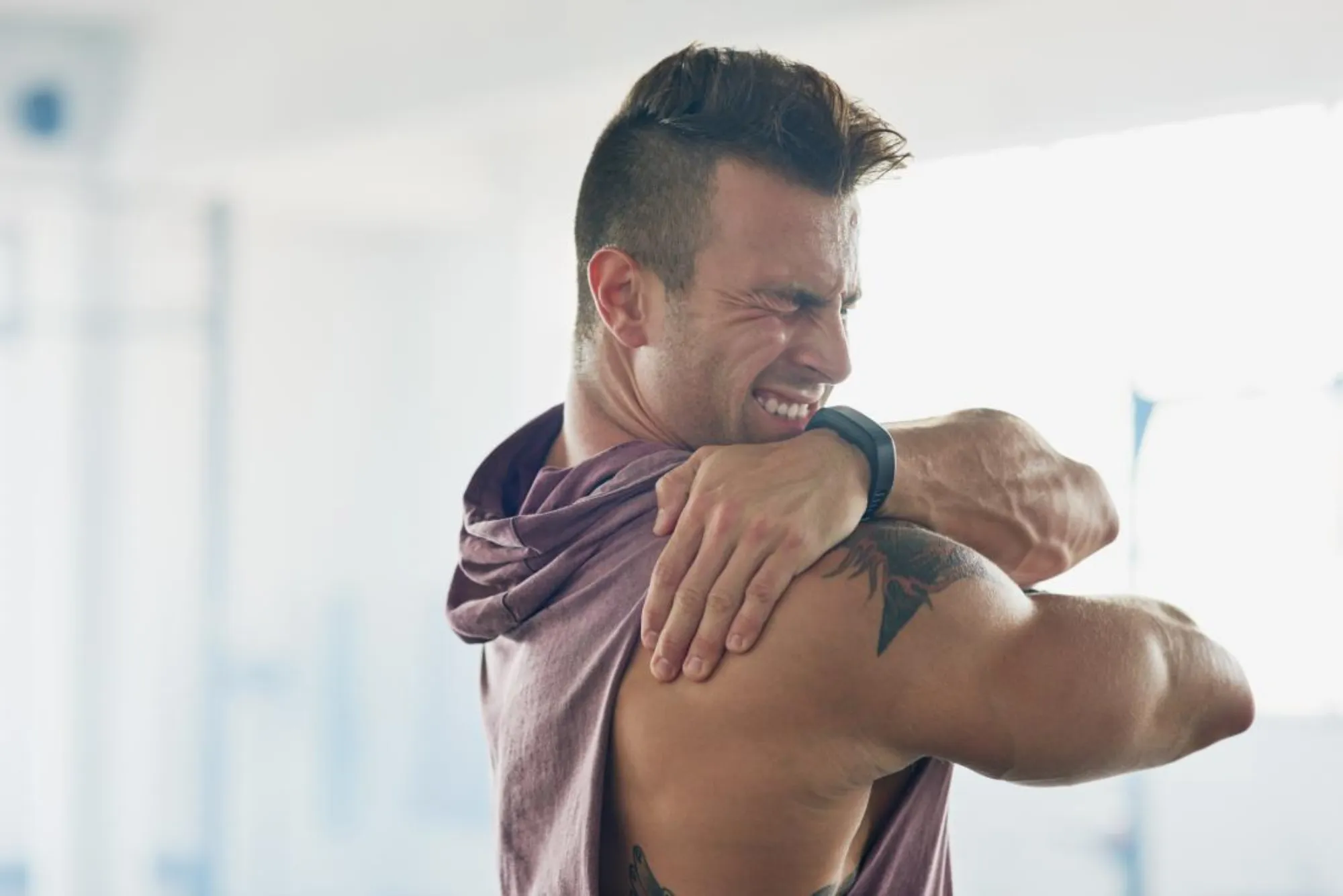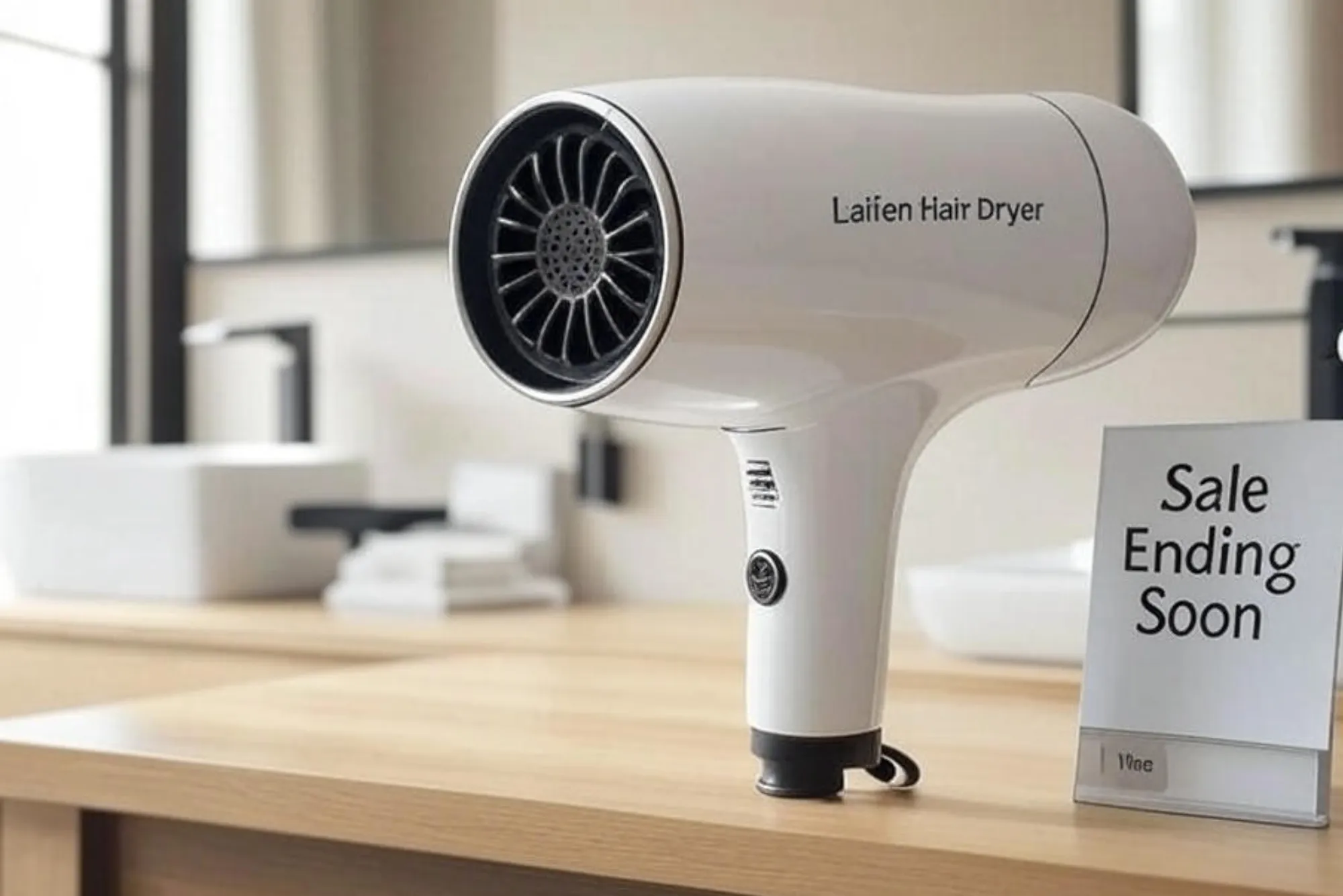Joining a gym is a commendable step toward improving your fitness and overall health. However, it often comes with a side effect: post-gym body pain. This article aims to delve into the nuances of post-gym body pain, focusing on the duration of discomfort and the role of lower back exercises in gym routines. Additionally, we’ll explore how services like NAS Home Health Care can assist in recovery.
Understanding Post-Gym Body Pain
Joining a gym and embarking on a new fitness journey can be exhilarating, but it often comes with a price: post-gym body pain. This discomfort, commonly known as Delayed Onset Muscle Soreness (DOMS), is a natural physiological response to engaging in unfamiliar or intense physical activity. DOMS typically sets in within 24 to 72 hours after a workout session and is characterized by sensations of stiffness, tenderness, and reduced range of motion in the affected muscles.
DOMS occurs due to microscopic damage to muscle fibers caused by eccentric (lengthening) contractions during exercise. This damage triggers an inflammatory response, leading to the release of inflammatory mediators and the recruitment of immune cells to the affected area. While this process is a crucial component of muscle repair and adaptation, it also contributes to the sensations of soreness and discomfort experienced post-exercise.
Several factors influence the severity and duration of post-gym body pain. The intensity and duration of the workout, as well as the types of exercises performed, play significant roles. Individuals who engage in high-intensity or resistance training workouts are more likely to experience pronounced soreness compared to those who participate in low-intensity activities.
Moreover, the frequency of workouts and individual fitness levels also impact post-gym body pain. Beginners or individuals returning to exercise after a prolonged hiatus are more susceptible to DOMS than seasoned athletes due to their muscles’ lack of conditioning and adaptation to the stress of exercise.
Additionally, the adequacy of rest and recovery periods between workouts is crucial for minimizing post-gym body pain. Insufficient rest or overtraining can exacerbate muscle fatigue and delay the recovery process, leading to prolonged discomfort.
Understanding the nature of post-gym body pain is essential for effectively managing it and optimizing the recovery process. While DOMS is an unavoidable aspect of physical training, implementing strategies such as gradual progression, proper warm-up and cool down routines, adequate hydration and nutrition, and sufficient rest can help alleviate discomfort and promote faster recovery.
Lower Back Exercises in Gym Routine
Incorporating targeted lower back exercises into your joining gym routine is crucial for enhancing overall strength, stability, and injury prevention. These exercises, specifically designed to engage and strengthen the muscles of the lower back, play a fundamental role in promoting proper posture, spinal alignment, and functional movement patterns.
Importance of Strengthening Lower Back Muscles
The muscles of the lower back, including the erector spinae, multifidus, and quadratus lumborum, provide essential support and stabilization to the spine and pelvis during various movements and activities. Strengthening these muscles not only helps alleviate existing lower back pain but also reduces the risk of future injuries, such as strains, sprains, and disc herniation.

Key Lower Back Exercises in Gym
Deadlifts
Deadlifts are a compound exercise that targets multiple muscle groups, including the lower back, glutes, hamstrings, and core. Performing deadlifts with proper form and technique not only strengthens the lower back but also improves overall functional strength and power.
Back Extensions
Back extensions, whether performed on a specialized machine or with bodyweight resistance, effectively isolate and strengthen the muscles of the lower back. This exercise helps improve spinal erector strength and endurance while promoting spinal extension.
Hyperextensions
Hyperextensions, also known as reverse hyperextensions, target the lower back, glutes, and hamstrings. By extending the spine against resistance, hyperextensions help strengthen the erector spinae muscles and improve spinal stability.
Good Mornings
Good mornings are a compound exercise that primarily targets the lower back, hamstrings, and glutes. Performing good mornings with proper technique involves hinging at the hips while maintaining a neutral spine, thereby strengthening the posterior chain muscles and improving hip mobility.
Proper Form and Technique to Prevent Injury
While lower back exercises in the gym can be highly beneficial, it’s essential to prioritize proper form and technique to prevent injury. Maintaining a neutral spine, engaging the core muscles, and using appropriate resistance are critical aspects of safe and effective execution. Additionally, gradually progressing in intensity and volume, and listening to your body’s signals are key principles for injury prevention and long-term success.
Duration of Post-Gym Body Pain
Understanding the duration of post-gym body pain is essential for individuals embarking on a fitness journey or modifying their exercise routines. While experiencing discomfort after a workout is common and expected, knowing how long it typically lasts can help individuals gauge their recovery progress and adjust their training accordingly.
General Timeline for Recovery
Post-gym body pain, often referred to as Delayed Onset Muscle Soreness (DOMS), typically follows a predictable timeline. In most cases, soreness peaks within the first 24 to 48 hours after a workout session and gradually subsides over the next few days. During this period, individuals may experience varying degrees of discomfort, stiffness, and tenderness in the muscles worked during the exercise session.
Initial Discomfort vs. Lingering Pain
It’s essential to distinguish between the initial discomfort associated with DOMS and lingering pain that may indicate underlying issues or injury. While mild to moderate soreness is expected as the muscles adapt to new stimuli, persistent or worsening pain beyond the typical recovery timeframe warrants attention. Lingering pain may be indicative of overexertion, inadequate recovery, or underlying musculoskeletal issues that require further evaluation by a healthcare professional.
Strategies for Alleviating Post-Gym Body Pain
Several strategies can help alleviate post-gym body pain and expedite the recovery process:
Proper Warm-Up and Cool Down
Engaging in dynamic warm-up exercises before a workout and performing static stretching or foam rolling post-workout can help prepare the muscles for activity and reduce the risk of injury.
Hydration and Nutrition
Adequate hydration and nutrition are essential for supporting muscle recovery and repair. Consuming a balanced diet rich in protein, carbohydrates, and micronutrients can provide the necessary nutrients for optimal recovery.
Adequate Rest and Sleep
Giving the body sufficient time to rest and recover between workouts is crucial for muscle repair and adaptation. Aim for 7-9 hours of quality sleep per night to support recovery processes.
Utilizing NAS Home Health Care for Rehabilitation and Recovery Support
Services like NAS Home Health Care offer specialized support and rehabilitation services designed to assist individuals in their recovery journey. From personalized rehabilitation plans to pain management techniques, professional assistance can enhance recovery outcomes and promote long-term wellness.

Utilizing NAS Home Health Care for Recovery Assistance
When it comes to recovering from post-gym body pain or managing injuries sustained during workouts, seeking professional assistance can make a significant difference in the recovery process. NAS Home Health Care offers specialized services tailored to support individuals in their rehabilitation journey, providing personalized care and guidance to promote optimal recovery outcomes.
Introduction to NAS Home Health Care Services
NAS Home Health Care is a leading provider of rehabilitation and recovery services, offering a range of specialized programs designed to address the unique needs of each individual. Their team of qualified healthcare professionals, including physical therapists, occupational therapists, and certified trainers, work collaboratively to develop customized rehabilitation plans that focus on restoring function, reducing pain, and enhancing overall well-being.
Benefits of Professional Assistance in Recovery
Seeking professional assistance from NAS Home Health Care brings several advantages for individuals recovering from post-gym body pain or exercise-related injuries:
Customized Rehabilitation Plans
NAS Home Health Care professionals assess each individual’s condition and develop personalized rehabilitation plans tailored to their specific needs and goals. These plans may include a combination of therapeutic exercises, manual therapy techniques, and modalities aimed at improving mobility, strength, and function.
Assistance with Pain Management Techniques
Managing pain effectively is a crucial aspect of the recovery process. NAS Home Health Care professionals employ evidence-based pain management techniques, such as manual therapy, therapeutic exercises, and modalities like heat or cold therapy, to alleviate discomfort and promote healing.
Progressive Rehabilitation
As individuals progress through their recovery journey, NAS Home Health Care professionals continually assess their condition and adjust rehabilitation plans accordingly. By gradually increasing the intensity and complexity of exercises and interventions, they help individuals achieve optimal outcomes and regain independence in their daily activities.
Importance of Seeking Professional Guidance for Injury Prevention
In addition to assisting with recovery, NAS Home Health Care professionals play a vital role in educating individuals about injury prevention strategies. By teaching proper exercise techniques, biomechanics, and injury prevention principles, they empower individuals to make informed decisions about their fitness routines and reduce the risk of future injuries.
Post-gym body pain is a natural consequence of engaging in physical activity, particularly when initiating or intensifying a workout regimen. Understanding the factors influencing post-gym body pain and implementing appropriate strategies for recovery is essential for long-term fitness success. By incorporating targeted lower back exercises into your gym routine and leveraging services like NAS Home Health Care, you can effectively manage post-gym body pain, optimize recovery, and progress toward your fitness goals with confidence.











